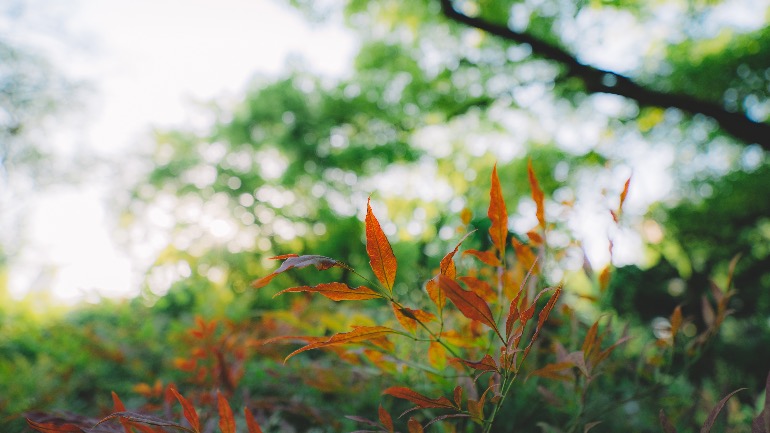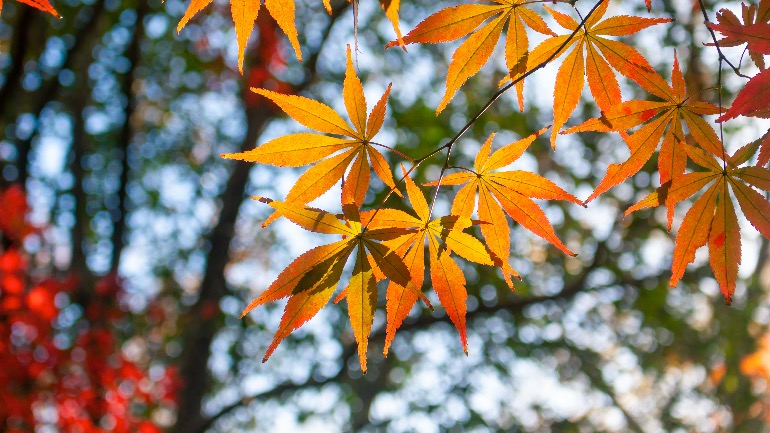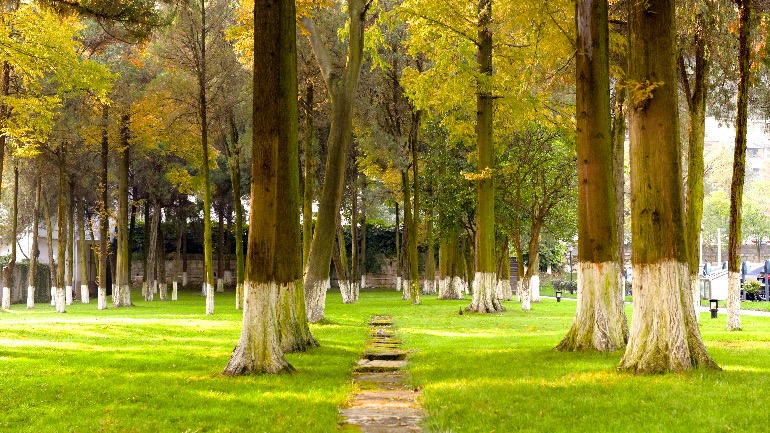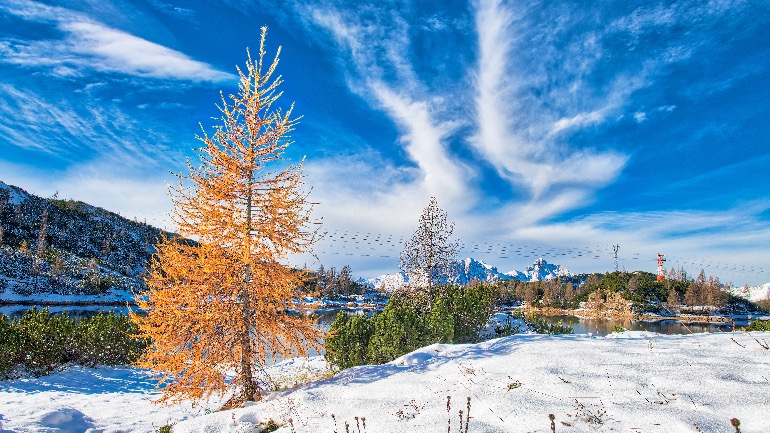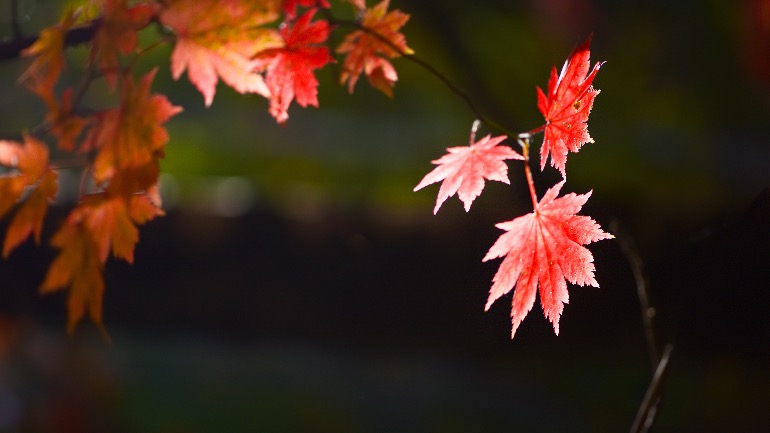Now that we know the true meaning of Buddhism is wisdom and compassion, we shall learn and practice only these two from now on.
WORDS OF WISDOM
A butcher who killed animals for a living had a change of heart and became a lay Buddhist. He expressed great repentance for the killings and vowed never to do it again. Once these two conditions are satisfied, karma derived from the killing will become mutable karma which may or may not result in any karmic fruit. If the repentance could go deeper, it would even be possible that the butcher might not need to bear any consequence at all.
Thus, we need to remain highly mindful and keep our conduct disciplined when undertaking any kind of practice. Often enough, upon closer examination, we may find that what appears to be altruistic actually only benefits ourselves. This is true in the case of the five preliminary practices as well as mantra chanting, animal liberation, prostration, etc. In short, if the purpose is to attain liberation just for oneself, no matter how sublime a practice is, it can only be deemed a Theravada practice.
We must understand that the six realms of samsara are not invented or arranged by the Creator or any personified god. Nor are they some chance happenings, devoid of causes and conditions. They are in fact the manifestations of cause and effect. And the most important cause among all is clinging to the self.
- Quote from The Right View, "The Four Noble Truths—the Path Out of Samsara"
In summary, the first requisite of generating bodhicitta is the aspiration to deliver sentient beings from samsara; the second, the determination to attain Buddhahood in order to free sentient beings from the suffering of samsara.
From a mundane standpoint, we are enjoying our happiness when we have good health and material comfort; but from a liberation standpoint, we are wasting our blessings and happiness. In the sutras, the teachings remind us over and over again not to waste our happiness. Hence, when we are successful in our career or feel great joy in life, we must practice exchanging the self for others.
- Quote from Are You Ready For Happiness? Don't Let the Paper Tiger Scare You Off, "How to Face Happiness"
Some people do not see the point of preparing for future lives because they are not feeling any obvious distress right now. Yet worrying about the well-being in their old age, they will do all they can to make money even without concerns for karma and retributions sometimes. This is very foolish. It has never occurred to them that they have already been born human and that no matter how hard this life is, it is nowhere close to the severe suffering born by those in the three lower realms. Where will we be reborn next time? Will we have another human birth like this one? No one knows. So, to be well prepared for the next life should be the rational thing to do. What does it take to be well prepared? It certainly is not wealth or fame we need but spiritual practice. Although Theravada practice can solve our own problems, it does not help others. Consequently, we must strive to arouse bodhicitta as it is the only means to help both ourselves and other beings to liberation.
- Quote from The Right View, "The Three Supreme Methods"
Since beginingless time, all sentient beings have known to cherish themselves above others. Everything that one does is to take care of one’s own interest, seldom others’, and never serves others’needs unconditionally. Therefore, it is usually not very difficult for someone to achieve worldly success, but quite a different matter when it comes to arouse genuine bodhicitta. When basic quality such as bodhicitta is absent, all practices will fail in reaching their objectives. Therefore, we must strive to succeed in generating bodhicitta, no matter how difficult it is. The challenge is with our own self, with that selfish mind. It is a constant battle we must face with endurance. If we work hard at it, we will triumph in the end.
The Buddha once said, “I have pointed out for you the way to liberation. You must decide for yourself whether you want to go that way or not.” In other words, the fate of each being is in each one’s own hands, not the Buddha’s. This attitude is different from that of other beliefs, the Savior or the Creator of which would decide who goes to heaven or to hell. Such difference also reflects the kind of freedom, tolerance, equality and peace encompassed in the great compassion of Buddhism.
- Quote from The Right View, "Buddhism—the Definition"


